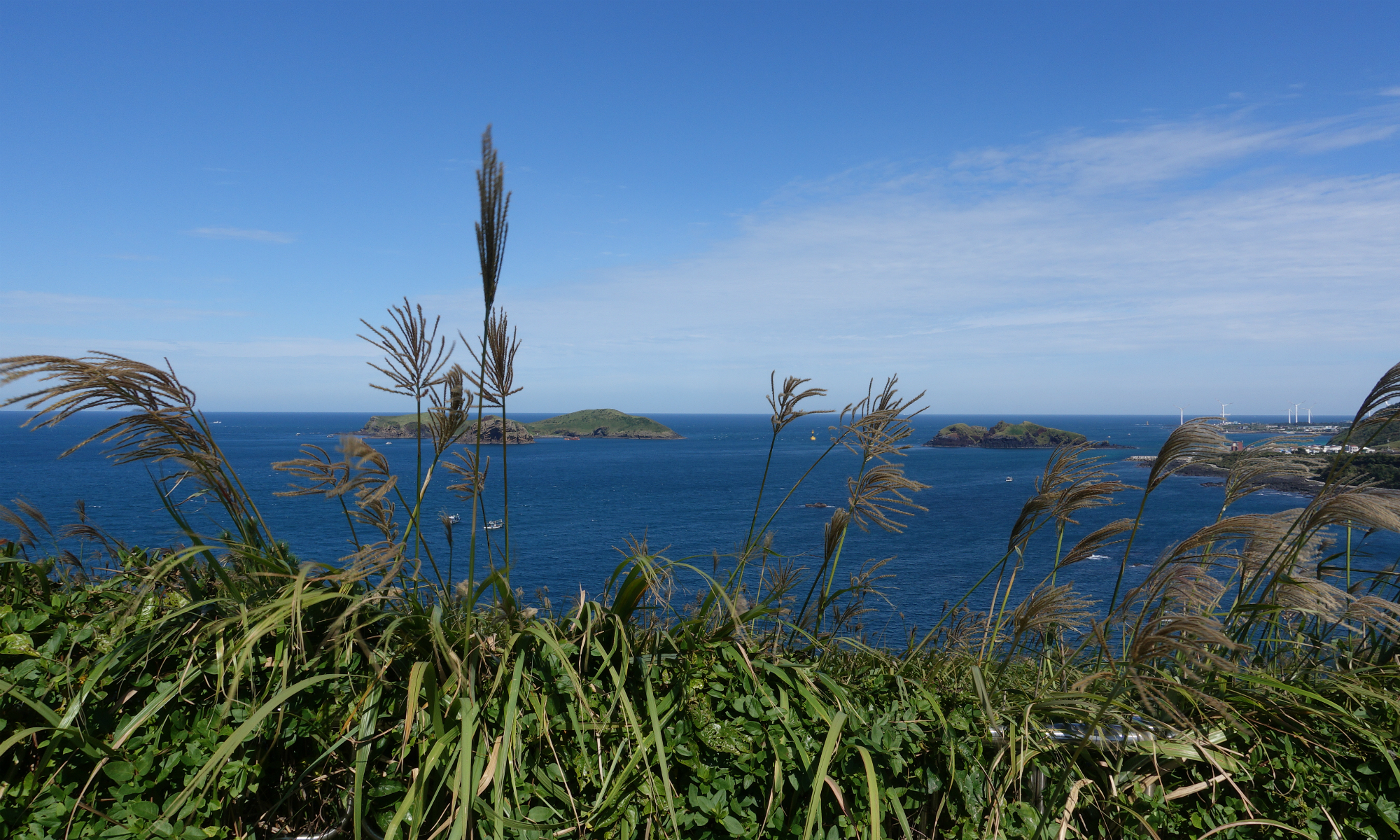The United Nations Memorial Cemetery in Korea (UNMCK; Hangul: 재한유엔기념공원; RR: Jaehahn yuen ginyeomgongwon), located at Tanggok in the Nam District, City of Busan, Republic of Korea, is a burial ground for United Nations Command (UNC) casualties of the Korean War. It contains 2,300 graves and is the only United Nations cemetery in the world. Laid out over 14 hectares (35 acres), the graves are set out in 22 sites designated by the nationalities of the buried servicemembers.
Haeundae Beach – 해운대해수욕장
Haeundae Beach (Hangul: 해운대해수욕장; Hanja:海雲臺海水浴場; RR: Hae’undae haesuyokjang) is a beach located in Busan, South Korea, and is often considered one of Korea’s most famous and beautiful beaches. Haeundae Beach, which is 1.5km long, is located in the Eastern part of Busan, in the Haeundae District. It is accessible from Haeundae Station on Line 2, and it takes approximately 40 minutes to reach the beach by subway from Busan Station in the city’s historic area, and less than one hour from Gimhae International Airport.
Haeundae Beach is often considered Busan and South Korea’s, along with Gwangalli Beach (Busan), Gyeongpo Beach (Gangneung) or Hyeopjae Beach (Jeju City). Due to its length, beauty, and because of its easy access from downtown Busan, the beach is busy year-round, and holds numerous festivals. Haeundae is also closely associated with cinema, as it partly hosts the Busan International Film Festival, and was featured prominently in the 2009 disaster movie Tidal Wave.
The beach is popular with Korean tourists, although it has recently seen an afflux or foreign tourists, from China, Japan and Western countries. The beach and surrounding area is particularly crowded during the summer months of July and August. Amongst the sights of Haeundae are Dongbaekseom, at the West end of the beach, which is a popular fishing area. Oryukdo, a group of small islets East of the beach, are also considered a symbol of Busan. The neighborhood surrounding Haeundae is home to most of Busan’s expatriate population.
There are many beach-related cultural events in Haeundae. Along with Geumjeongsan and Dalmajigogae, Haeundae is one of the most popular spots in Busan to view the New Year sunrise, a popular tradition in Korea. In addition, the “Polar Bear Club”, a popular beach event during which participants bathe in near 0°C water, is held annually since 1988 in January in front of the Chosun Beach Hotel.
Due to its fame, Haeundae is considered one of the most expensive areas in Korea, and the most expensive outside of the Seoul Capital Area. This has led to numerous urban development projects near Haeundae Beach and the nearby Marine City, including supertall skyscrapers such as Haeundae Doosan We’ve the Zenith and Haeundae LCT The Sharp.
Gwangalli Beach – 광안리해수욕장
The Gwangalli Beach (Hangul: 광안리 해수욕장) or Gwangan Beach (Hangul: 광안 해수욕장) is a beach in Busan, South Korea. It is located at Gwangan 2(i)-dong (formerly in Gwangan-ri), Suyeong-gu, Busan Metropolitan City, west of Haeundae Beach. It sits inside a cove spanned by the Gwangan Bridge and covers 82,000 square meters over a length of 1.4 km and a width of 25 to 110 metres, in a curved in a half-moon shape with fine sand. Adjacent are alleys with restaurants, coffee shops and nightclubs. Because of its popularity, city officials are pushing for improving water quality around the beaches.
The beach is near the Busan Yachting Center used for the sailing events of the 1988 Summer Olympic.
